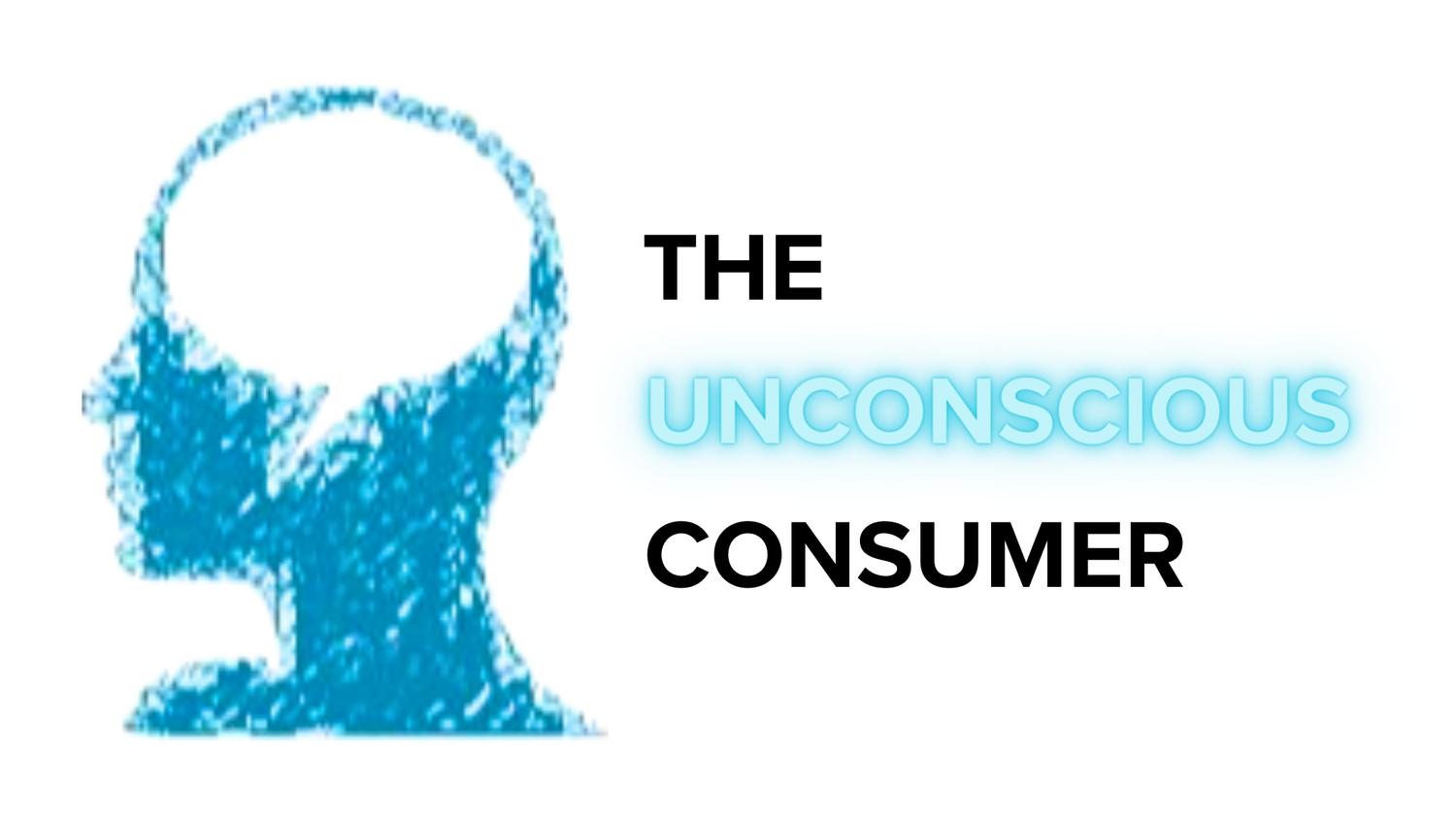The Rise and Fall of NFTs: Understanding Through Loss Aversion and Fear of Missing Out
Non-Fungible Tokens (NFTs) have had a fascinating trajectory in the global consciousness, experiencing a swift rise and fall in popularity. This journey can be deciphered through the lens of psychological phenomena like loss aversion and the Fear of Missing Out (FOMO).
Loss Aversion Explained
Loss aversion is a principle developed by psychological and economic scholars Daniel Kahneman and Amos Tversky in their seminal work, "Prospect Theory: An Analysis of Decision under Risk" (1979). They argue that individuals feel the pain of losing something more acutely than the joy of gaining something of equivalent value.
The Fear of Missing Out (FOMO)
FOMO is a term that gained popularity in the age of social media. It reflects the anxiety that one is being left out of rewarding experiences occurring elsewhere (Przybylski et al., 2013). It's the unsettling feeling that others might be having rewarding experiences from which one is absent, a social angst characterized by a desire to stay continually connected with what others are doing.
In the context of NFTs, FOMO was amplified by the social media hype and the high-profile purchases by celebrities, artists, and other influencers. For instance, when digital artist Beeple sold an NFT artwork for $69 million at Christie's, the news quickly went viral. The prospect of owning something unique, combined with the narrative of massive profits made by early adopters, intensified the feeling of FOMO.
Beyond the monetary aspect, FOMO also extended to the cultural and social currency associated with NFTs. The idea of being part of a novel, cutting-edge movement and the fear of being left behind as 'the world moved on to the future of art and ownership' played a crucial role in driving people towards NFTs.
NFTs: A Case Study in Loss Aversion and FOMO
NFTs are digital tokens indicating ownership or authenticity of unique items or content, which emerged in the blockchain world (Entriken et al., 2018). When NFTs gained prominence, the scarcity of these tokens triggered people's loss aversion tendencies. Individuals felt the need to act quickly to avoid losing the chance to own a unique digital asset (Kahneman & Tversky, 1979).
Simultaneously, FOMO played a significant role. High-profile NFT sales were widely publicized on social media, generating a sense of FOMO among potential buyers. The rapid appreciation of NFT prices, coupled with stories of overnight millionaires and the involvement of renowned artists and celebrities, created a sense of urgency and the fear of missing a unique opportunity. This, in turn, prompted more people to jump on the bandwagon and purchase NFTs, often without fully understanding the technology and market dynamics behind them (Przybylski et al., 2013).
The Decline of NFTs: Loss Aversion and FOMO in Reverse
As the NFT market became oversaturated and the novelty began to fade, the fear of loss associated with not purchasing reduced. On the flip side, stories of financial losses from poor NFT investments began to emerge. This situation caused a reverse FOMO effect where potential buyers began to fear losing money more than they feared missing out on the trend, contributing to the decline of NFTs' popularity (Kahneman & Tversky, 1979).
Navigating the Financial Landscape: Lessons from NFTs
Understanding the influence of loss aversion and FOMO in our decision-making process can help us make more rational choices (Sweeny et al., 2016). The journey of NFTs emphasizes the importance of evaluating our needs and interests, and weighing potential gains against potential losses, before making a financial decision. It is also a reminder that the hype and social pressure associated with the latest trends can often distort our perception of risk and value.
The trajectory of NFTs serves as a cautionary tale about the potential pitfalls of succumbing to FOMO in the face of rapidly evolving trends, and the importance of making informed decisions based on careful research and consideration rather than transient feelings of fear or urgency (Sweeny et al., 2016).
Want to share your thoughts? Feel free to share them in the comments section below or on social media.


